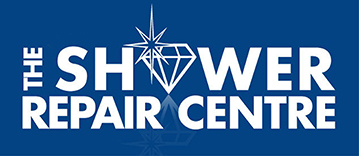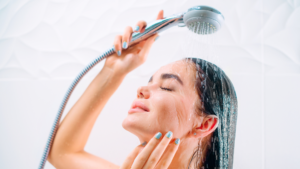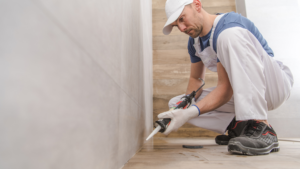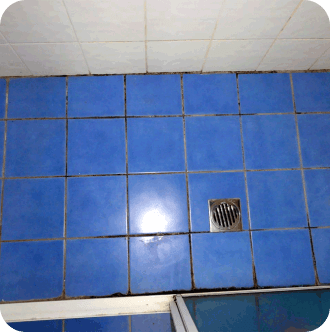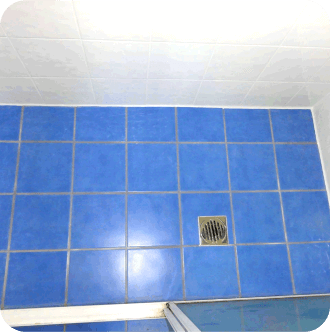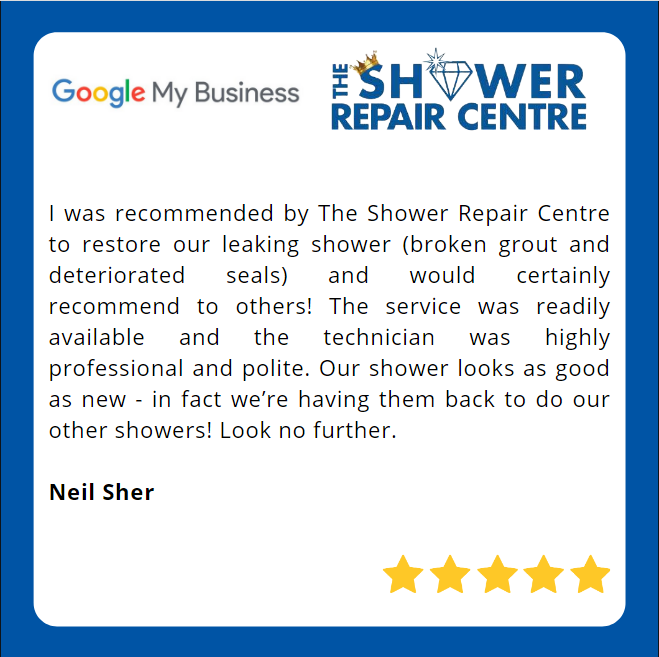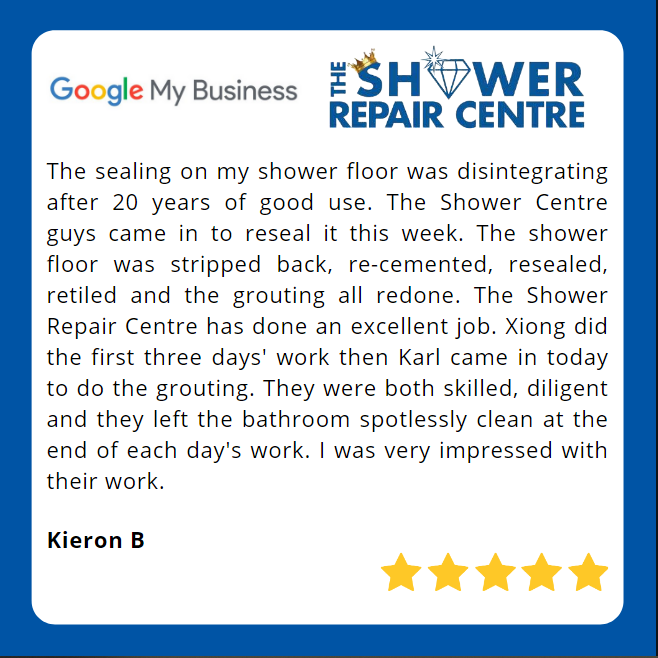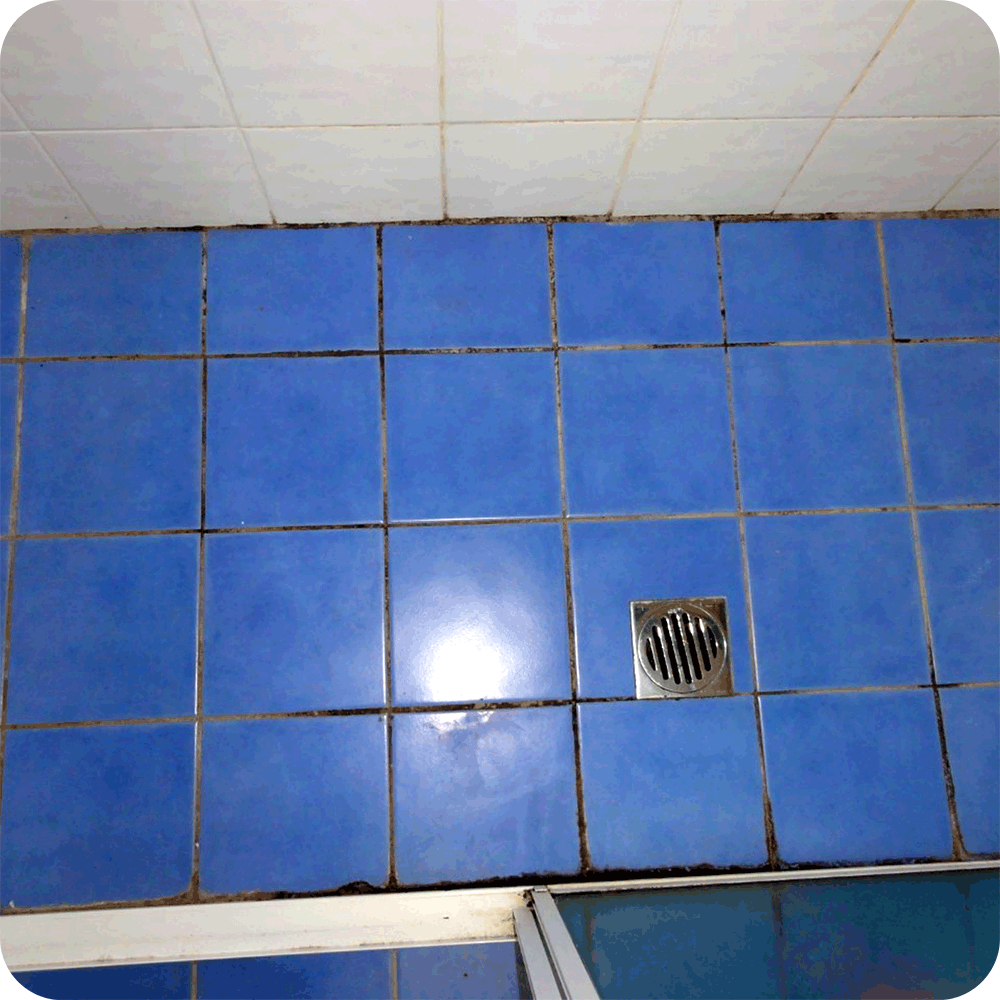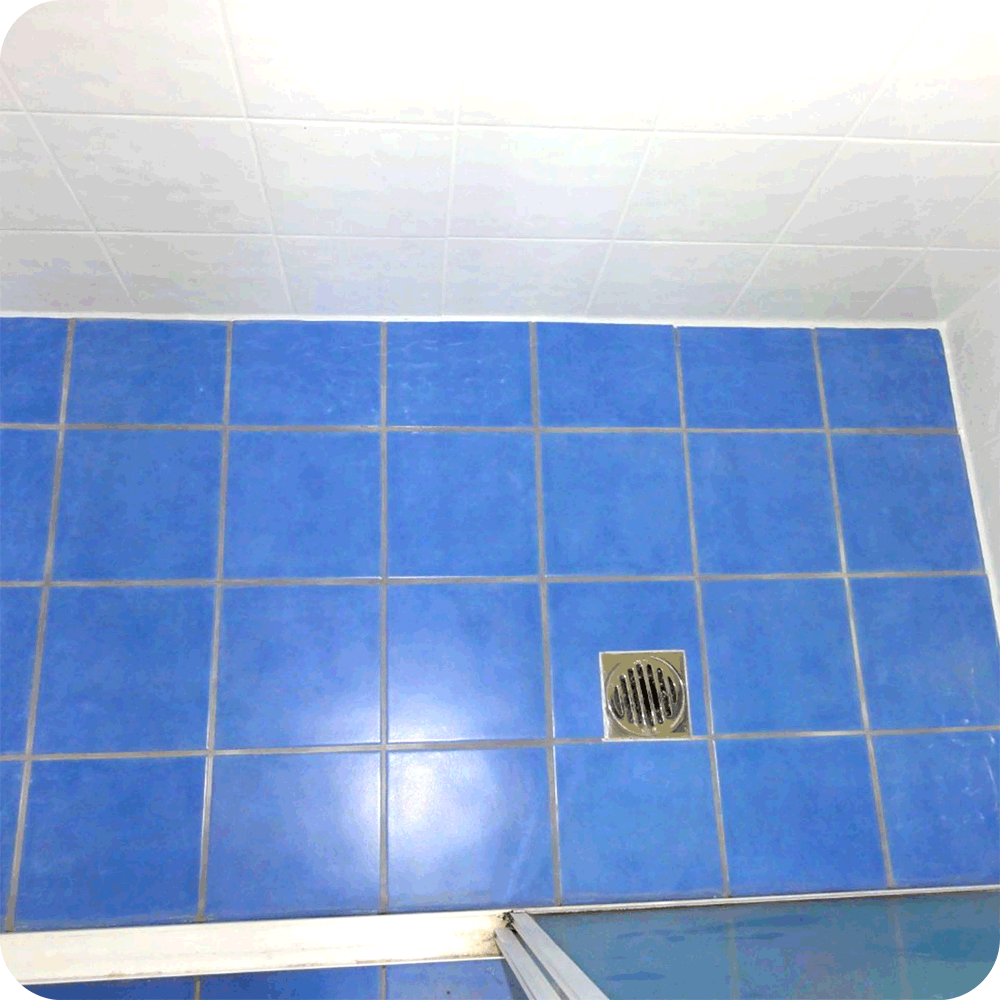- There are a number of ways to save water, and they all start with you.
- When washing dishes by hand, don’t let the water run while rinsing. Fill one sink with wash water and the other with rinse water.
- Some refrigerators, air conditioners and ice-makers are cooled with wasted flows of water. Consider upgrading with air-cooled appliances for significant water savings.
- Adjust sprinklers so only your lawn is watered and not the house, sidewalk, or street.
- Run your clothes washer and dishwasher only when they are full. You can save up to 4000 litres a month.
- Choose shrubs and groundcovers instead of turf for hard-to-water areas such as steep slopes and isolated strips.
- Install covers on pools and spas and check for leaks around your pumps.
- Use the garbage disposal sparingly. Compost vegetable food waste instead and save litres every time.
- Plant in the fall when conditions are cooler and rainfall is more plentiful.
- For cold drinks keep a pitcher of water in the refrigerator instead of running the tap. This way, every drop goes down you and not the drain.
- Monitor your water bill for unusually high use. Your bill and water meter are tools that can help you discover leaks.
- Water your lawn and garden in the morning or evening when temperatures are cooler to minimize evaporation.
- Wash your fruits and vegetables in a pan of water instead of running water from the tap.
- Spreading a layer of organic mulch around plants retains moisture and saves water, time and money.
- Use a broom instead of a hose to clean your driveway and sidewalk and save water every time.
- If your shower fills a 4 litre bucket in less than 25 seconds, replace the showerhead with a water-efficient model.
- Collect the water you use for rinsing fruits and vegetables, then reuse it to water houseplants.
- If water runs off your lawn easily, split your watering time into shorter periods to allow for better absorption.
- We’re more likely to notice leaks indoors, but don’t forget to check outdoor faucets, sprinklers and hoses for leaks.
- If you have an automatic refilling device, check your pool periodically for leaks.
- Check the root zone of your lawn or garden for moisture before watering using a spade or trowel. If it’s still moist two inches under the soil surface, you still have enough water.
- When buying new appliances, consider those that offer cycle and load size adjustments. They’re more water and energy efficient.
- Shorten your shower by a minute or two and you’ll save up to 550 lites per month.
- Upgrade older toilets with water efficient models.
- Adjust your lawn mower to a higher setting. A taller lawn shades roots and holds soil moisture better than if it is closely clipped.
- When cleaning out fish tanks, give the nutrient-rich water to your plants.
- Use sprinklers for large areas of grass. Water small patches by hand to avoid waste.
- Put food coloring in your toilet tank. If it seeps into the toilet bowl without flushing, you have a leak. Fixing it can save up to 4000 litres a month.
- When running a bath, plug the tub before turning the water on, then adjust the temperature as the tub fills up.
- Walkways and patios provide space that doesn’t ever need to be watered. These useful ‘rooms’ can also add value to your property.
- Collect water from your roof to water your garden.
- Designate one glass for your drinking water each day or refill a water bottle. This will cut down on the number of glasses to wash.
- Rather than following a set watering schedule, check for soil moisture two to three inches below the surface before watering.
- Install a rain sensor on your irrigation controller so your system won’t run when it’s raining.
- Don’t use running water to thaw food. Defrost food in the refrigerator for water efficiency and food safety.
- Use drip irrigation for shrubs and trees to apply water directly to the roots where it’s needed.
- Grab a wrench and fix that leaky faucet. It’s simple, inexpensive, and you can save 500 litres a week.
- Reduce the amount of lawn in your yard by planting shrubs and ground covers to your site and region.
- When doing laundry, match the water level to the size of the load.
- Teach your children to turn off faucets tightly after each use.
- Remember to check your sprinkler system valves for leaks and keep the sprinkler heads in good shape.
- Use a water-efficient showerhead. They’re inexpensive, easy to install, and can save you up to 3000 litres/month.
- Soak pots and pans instead of letting the water run while you scrape them clean.
- Don’t water your lawn on windy days when most of the water blows away or evaporates.
- Water your plants deeply but less frequently to encourage deep root growth and drought tolerance.
- Know where your master shut-off valve is located. This could save water and prevent damage to your home.
- To decrease water from being wasted on sloping lawns, apply water for 5 minutes and then repeat 2 to 3 times.
- Group plants with the same watering needs together to avoid overwatering some while underwatering others.
- Use a organic material on the surface of your planting beds to minimize weed growth that competes for water.
- Use a minimum amount of organic or slow release fertilizer to promote a healthy and drought tolerant landscape.
- Trickling or cascading fountains lose less water to evaporation than those spraying water into the air.
- Use a commercial car wash that recycles water.
- Avoid recreational water toys that require a constant flow of water.
- Turn off the water while brushing your teeth and save 100 litres a month.
- Use a rain gauge, or empty tuna can, to track rainfall on your lawn. Then reduce your watering accordingly.
- Encourage your school system and local government to develop and promote water conservation among children and adults.
- Learn how to shut off your automatic watering system in case it malfunctions or you get an unexpected rain.
- Set a kitchen timer when watering your lawn or garden to remind you when to stop. A running hose can discharge up to 40 litres a minute.
- If your toilet flapper doesn’t close after flushing, replace it.
- Make sure there are water-saving aerators on all of your faucets.
- Next time you add or replace a flower or shrub, choose a low water use plant for year-round landscape color and save up to 2100 litres each year.
- Install an instant water heater near your kitchen sink so you don’t have to run the water while it heats up. This also reduces energy costs.
- Use a grease pencil to mark the water level of your pool at the skimmer. Check the mark 24 hours later to see if you have a leak.
- If your dishwasher is new, cut back on rinsing. Newer models clean more thoroughly than older ones.
- Use a trowel, shovel, or soil probe to examine soil moisture depth. If the top two to three inches of soil are dry it’s time to water.
- If installing a lawn, select a turf mix or blend that matches your climate and site conditions.
- When you save water, you save money on your utility bills too. Saving water is easy for everyone to do.
- When the kids want to cool off, use the sprinkler in an area where your lawn needs it the most.
- Make sure your swimming pools, fountains, and ponds are equipped with recirculating pumps.
- Bathe your young children together.
- Consult with your local nursery for information on plant selection and placement for optimum outdoor water savings.
- Winterize outdoor spigots when temperatures dip below freezing to prevent pipes from leaking or bursting.
- Insulate hot water pipes for more immediate hot water at the faucet and for energy savings.
- Wash your car on the lawn, and you’ll water your lawn at the same time.
- Drop your tissue in the trash instead of flushing it and save water every time.
- Direct water from rain gutters toward water-loving plants in the landscape for automatic water savings.
- Make suggestions to your employer about ways to save water and money at work.
- Support projects that use reclaimed wastewater for irrigation and industrial uses.
- Use a hose nozzle or turn off the water while you wash your car. You’ll save up to 400 litres every time.
- Share water conservation tips with friends and neighbors.
- If your toilet was installed before 1992, reduce the amount of water used for each flush by inserting a displacement device in the tank.
- Setting cooling systems and water softeners for a minimum number of refills saves both water and chemicals, plus more on utility bills.
- Washing dark clothes in cold water saves both on water and energy while it helps your clothes to keep their colors.
- Leave lower branches on trees and shrubs and allow leaf litter to accumulate on the soil. This keeps the soil cooler and reduces evaporation.
- Report broken pipes, open hydrants and errant sprinklers to the property owner or your water provider.
- Let your lawn go dormant during the summer. Dormant grass only needs to be watered every three weeks or less if it rains.
- Plant with finished compost to add water-holding and nutrient-rich organic matter to the soil.
- Use sprinklers that deliver big drops of water close to the ground. Smaller water drops and mist often evaporate before they hit the ground.
- Listen for dripping faucets and running toilets. Fixing a leak can save 1100 litres a month or more.
- Water only when necessary. More plants die from over-watering than from under-watering.
- One more way to get eight glasses of water a day is to re-use the water left over from cooked or steamed foods to start a scrumptious and nutritious soup.
- Adjust your watering schedule each month to match seasonal weather conditions and landscape requirements.
- Turn off the water while you wash your hair to save up to 550 litres a month.
- Wash your pets outdoors in an area of your lawn that needs water.
- When shopping for a new clothes washer, compare resource savings among Energy Star models. Some of these can save up to 80 litres per load, and energy too.
- Apply water only as fast as the soil can absorb it.
- Aerate your lawn at least once a year so water can reach the roots rather than run off the surface.
- When washing dishes by hand, fill the sink basin or a large container and rinse when all of the dishes have been soaped and scrubbed.
- Turn off the water while you shave and save up to 1200 litres a month.
- When you give your pet fresh water, don’t throw the old water down the drain. Use it to water your trees or shrubs.
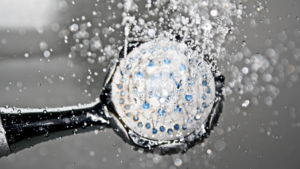
The Best Shower Thoughts That Transformed Into Real-Life Success Stories
Ever had a lightbulb moment whilst standing under a steamy shower spray? You’re not alone. A recent survey revealed that a whopping 80% of Aussies
